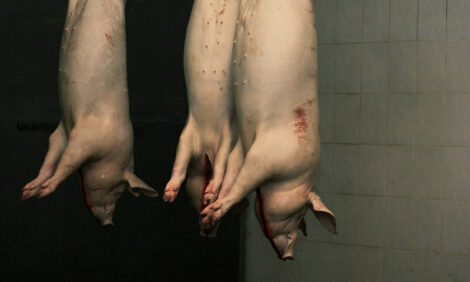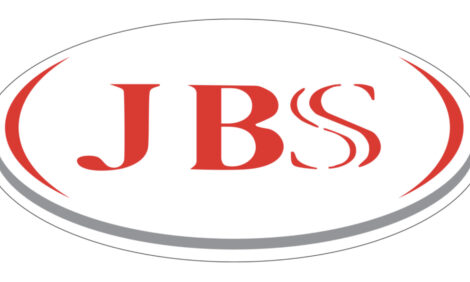



Danish Pigs and the Environment
DENMARK - "The relative stability and security afforded by the co-operative system has meant that Danish farmers have one of the highest investment rates in the world," says the Danish Bacon and Meat Council in a new report Danish Pig Producers and the Environment.It cites Mogens Jensen who farms 1,730 acres and has a 500-sow breeding unit and a finishing unit.
Jensen has a problem that will be familiar to some English IPPC permit-holders. Neighbouring his finishing unit in eastern Jutland is a vulnerable but protected area of forest with orchids (and a famous 300-year-old oak tree that attracts many visitors).
His answer to the problem of potentially damaging ammonia emissions has been to invest in a slurry-acidification system patented by Danish company Infarm.
This is designed to produce a useful fertiliser whilst reducing ammonia evaporation and smell.
“Of course I’m happy that I’m contributing to a better environment. But it is also sound economic sense, because the improved quality of the slurry helps raise crop yields,“ he said.
He supplies 1,500 tonnes of straw a year to be converted into energy at a heating plant in his district, and his own pig housing is heated using bio-products from his fields.
Another green initiative quoted by the report is the world’s largest biogas pilot plant in Jutland. The plant converts slurry, and industrial and household by-products into renewable energy and fertiliser.
The report draws attention to the Danish government’s penchant for introducing environmental legislation that exceeds the requirements of European Union regulations.
For example, Danish arable farmers may spread a maximum of only 140kg of nitrogen in the form of pig slurry per hectare, compared to 170kg in other European countries, such as Britain.
In contrast to European Union standards, Danish pig farmers are also required to comply with strict odour limits when nearby residents may be affected.
The Danish Environmental Approval of Animal Production Act controls the establishment of new pig units, or expansion of existing production.
It requires approval from the Danish authorities and permission is only granted for developments away from environmentally vulnerable areas and where neighbours won’t be affected by smell.
“The Danish authorities employ one of the world’s strictest agricultural control systems,“ claims the report. “In the environmental area, unannounced inspections are carried out to check land use, feed mixtures, fertiliser accounts, distance to watercourses, management of slurry and chemicals, as well as health and safety conditions.“
Similar restrictions will be applied to British farmers with the introduction, from January 2009, of new nitrate vulnerable zone rules.
The Danish report says the Danish pig industry has set a number of environmental goals.
Ammonia evaporation from pig production will be reduced by 40
percent by 2015. Other targets including halving the industry’s phosphorus surplus; reducing nitrogen in slurry by 18 percent; and reducing nitrogen discharges from fields by 13 percent.
The industry is currently researching technical solutions to reduce odour nuisance and ammonia emissions from pig units. The project is co-funded with the Danish government, and the project has so far resulted in the development of air-filtration and slurry acidification systems.






